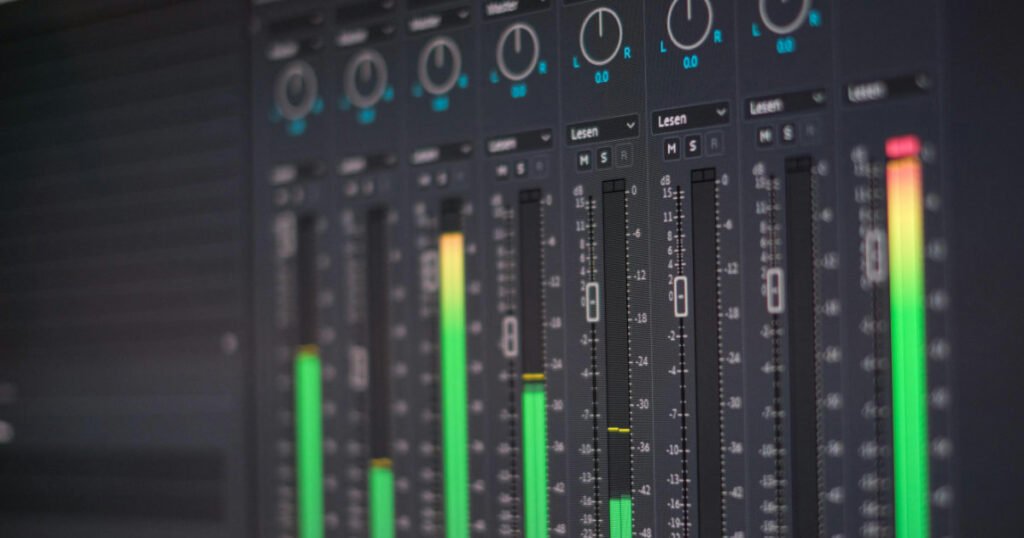Integrating Sound Design in Film Editing


Ever wondered how those sonic landscapes in your favorite films come to life? It’s all about integrating sound design seamlessly into the film editing process. Picture this: every footstep, background noise, and dialogue is meticulously crafted to enhance the storytelling. It’s not just about slapping on some sound effects; it’s an art that breathes life into every scene. So, let’s unravel this sonic mystery and discover how sound design elevates the film editing craft.
The Role of Sound Design in Storytelling
Let’s chat about the magic of sound design in storytelling. It’s not just background noise; it’s a character in itself! Think of sound design as the unsung hero that sets the mood, builds tension, and even tells a part of the story that visuals can’t. Ever noticed how the eerie creak of a door can send shivers down your spine, or how the soft rustling of leaves can calm your soul? That’s the power of sound in storytelling.
Techniques for Integrating Sound in Editing
Now, onto the nitty-gritty of integrating sound into your edits. It’s like a dance between visuals and audio – each step has to be in sync. Here’s a pro tip: always consider the emotional tone of the scene. Is it a heart-pounding chase? Layer those heavy breaths and pounding footsteps. A tender moment? Let the subtle ambient sounds speak. Remember, it’s all about enhancing, not overpowering, the visual narrative.
Layering and Mixing
Layering sounds is like adding different colors to a painting. You start with your base – the dialogue, then add in your ambient sounds, and finally, those sweet sound effects that make the scene pop. Mixing is where you adjust the levels to make sure everything blends harmoniously.
Foley Artistry
And let’s not forget Foley – the art of recreating everyday sound effects. Foley artists are like sound magicians, using props to create footsteps, rustling clothes, or even the flap of a bird’s wings. It’s all about bringing realism and texture to the scene.
Challenges and Solutions in Audio Editing
Okay, let’s be real – audio editing can be a tricky beast. Balancing all those sonic elements without creating a cacophony is a skill. One common challenge? Noise interference. Imagine recording a perfect dialogue, and a siren wails in the background. Nightmare, right? But fear not, with noise reduction tools and some clever editing, you can clean up that audio.
The Future of Sonic Elements in Film
Ever wonder what the future holds for sound design in film? We’re talking about immersive audio experiences that make you feel like you’re right there in the scene. With advancements in technology, sound designers are pushing the boundaries, creating more realistic and engaging audio landscapes. It’s an exciting time to be in the field of sound design, my friends.
Integrating sound design in film editing is like adding the final, crucial piece to a puzzle. It’s what turns a good scene into a great one, bringing the entire cinematic experience to life. Remember, sound is not just an afterthought – it’s a vital storytelling tool that can evoke emotions and immerse audiences in your world. Whether you’re layering, mixing, or diving into the world of Foley, each step is a chance to enhance your narrative. So, keep experimenting, keep creating, and let’s keep making those sonic landscapes as epic as they deserve to be!
If you’re hooked on the magic of sound design, why stop there? Dive deeper into the world of post-production and explore how the right hues and tones can transform your film. Imagine mastering the art of painting your scenes not just with sound, but with colors that speak volumes. It’s another layer of creativity waiting for you to unravel!

Responses